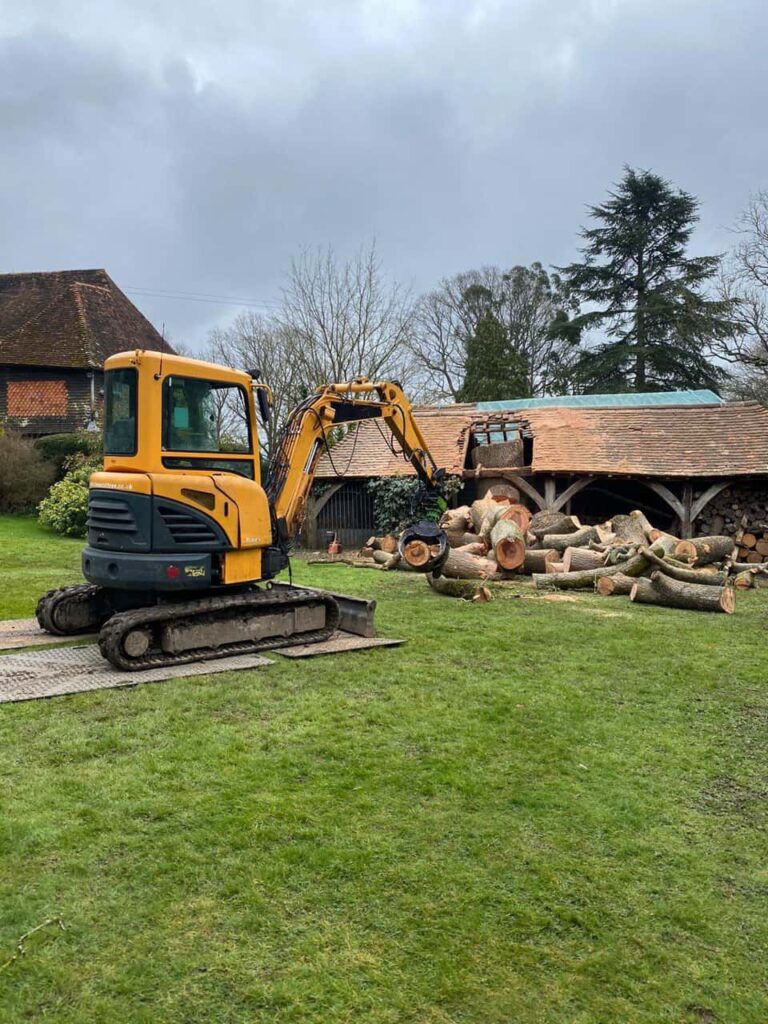The Art of Shaping Ornamental Trees: Tips and Techniques
Introduction: Ornamental trees are a beautiful addition to any landscape, adding charm, character, and a touch of nature’s artistry to your outdoor space. To truly make the most of these trees and enhance the aesthetic appeal of your property, it’s essential to understand the art of shaping ornamental trees. In this blog post, Kempston Tree Surgeons will share valuable tips and techniques for achieving stunning results with your ornamental trees.
Why Shape Ornamental Trees?
Shaping ornamental trees serves both functional and aesthetic purposes:
- Aesthetic appeal: Well-pruned ornamental trees can transform your landscape into a visually appealing masterpiece, adding a sense of order and elegance.
- Health and vitality: Proper shaping can improve the overall health of your trees by promoting better air circulation, sunlight penetration, and disease prevention.
- Safety and structure: Pruning helps maintain the tree’s structural integrity, reducing the risk of weak branches breaking and falling.
- Space management: Shaping allows you to control the size and spread of your ornamental trees, ensuring they fit harmoniously within your landscape design.
Key Techniques for Shaping Ornamental Trees
- Choose the Right Tools: The first step in shaping ornamental trees is to gather the appropriate tools. A sharp pair of pruning shears, loppers, and a saw are essential. Ensure your tools are clean and well-maintained to make clean cuts.
- Understand Tree Types: Different ornamental trees require different pruning techniques. Some trees, like deciduous flowering varieties, benefit from annual pruning, while others may only require occasional maintenance. Familiarise yourself with the specific needs of your tree species.
- Start with Dead or Diseased Branches: Removing any dead or diseased branches. These branches detract from the tree’s beauty and can harm its overall health.
- Consider the Tree’s Natural Form: When shaping your ornamental tree, aim to enhance its natural form rather than forcing it into an unnatural shape. Pruning should complement the tree’s inherent beauty.
- Focus on Branch Collars: When cutting branches, cut just outside the branch collar, which is the slightly raised area where the branch attaches to the trunk. This helps the tree heal more effectively.
- Maintain Balance: Ensure a balanced canopy by evenly distributing your pruning cuts. Avoid over-pruning any side or section of the tree, as this can lead to an imbalanced appearance.
- Timing Matters: Pruning at the right time of year is crucial. Many ornamental trees benefit from pruning during late winter or early spring when they are dormant, reducing the risk of disease transmission.
- Gradual Approach: If your tree requires significant shaping, consider a gradual approach over a few years to minimise stress and shock to the tree.
Conclusion: Shaping ornamental trees is indeed an art form, requiring knowledge, patience, and a deep appreciation for nature’s beauty. By following these tips and techniques from Kempston Tree Surgeons, you can create a visually stunning landscape that showcases the beauty of your ornamental trees and ensures their long-term health and vitality. Remember that professional tree care services are always available to assist you in achieving the best results for your ornamental trees, so don’t hesitate to seek expert advice and assistance when needed. Happy tree shaping!
Call us on: 01234 862 086
Click here to find out more about Kempston Tree Surgeons
Click here to complete our contact form and see how we can help with your tree’s needs.

